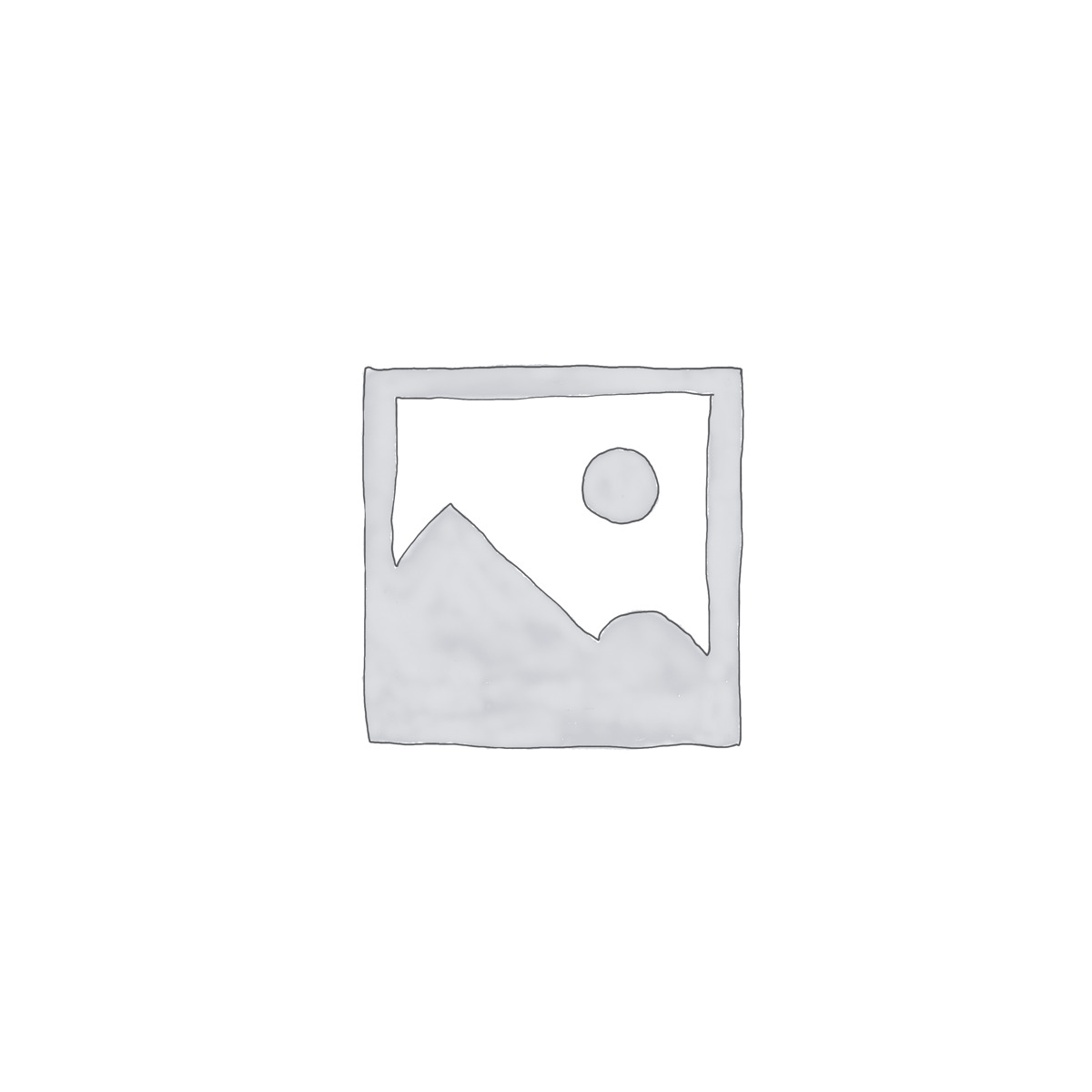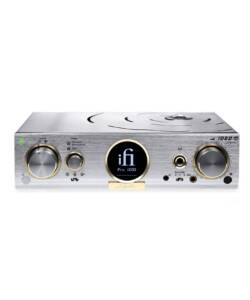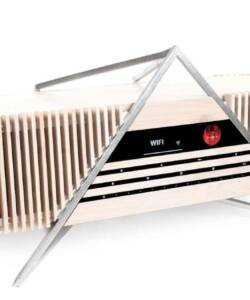
Oppo 105D BluRay/Multiplayer/Multiformat
Specs & Pricing
Inputs: Digital, one USB-B, two USB-A, one HDMI, one coaxial, one optical
Outputs: Digital, two HDMI; analog; 7.1-channel RCA, stereo RCA and XLR
Formats: PCM up to 24-bit/192kHz, SACD, DSD64/128, DTS-HD Master Audio, Dolby TrueHD, Dolby Digital
Dimensions: 16.8″ x 12.2″ x 4.8″
Weight: 17.3 lbs.
Price: $1299
Description

Do you ever think you’ve lost control of your audio system? I know the feeling. Yes, it was a simpler time back then in BC (before computers). Digital sources were mostly limited to compact-disc players, and perhaps a DVD player to liven things up during family movie night. But the dawn of high-resolution music and computer audio changed all that. New partnerships were formed as network audio and cloud storage and Internet streaming encroached on the territory normally reserved for traditional source components. They also brought with them controller apps via smart devices, and an expansion of formats and options perhaps unparalleled in audio’s history. Ultimately, it has become a really deep dive trying to keep up with the blitz of gear and peripherals and then making them all play nicely together. That’s where Oppo Digital comes to the rescue—providing hope for the hard to cope.
The actual idea of a universal-format player is not new, but in actuality most were known for their multi-format audio capability or their video chops—rarely for both. It was at this intersection of audio and video that Oppo made its name. The BDP-105D is the latest expression of its philosophy. The brand’s top-line multi-format audio and Blu-ray disc player is, like they say in the car biz, “Loaded, baby!” Like its lower-priced sibling, the BDP-103, the new 105D offers hi-res stereo and multichannel audio, as well as a panoply of cinema surround-sound options like DTS-HD Master Audio and Dolby TrueHD. Its Blu-ray video side comes with 4k upscaling and 2D-to-3D conversion, and sports a plethora of inputs and outputs that includes dual HDMI.
However, it is at this point that the BDP-105D diverges from the rest of the Oppo line. Oppo has seen the writing on the wall regarding the decline of the optical disc. In response it has added computer-audio capability to its formidable battery of format firepower. Thus the BDP-105D is a true media player in the most widely expressive sense of the word. Its new, asynchronous USB input, feeding an ESS Sabre32 Reference DAC, now supports PCM audio up to 24-bit/192kHz and DSD in standard rate (DSD64) or double rate (DSD128). Additionally the BDP-105D courts the server/cloud crowd with hi-res network capability, allowing users the option of streaming from an external NAS drive. There is also wireless capability and media support for Tidal, Netflix, Pandora, Vudu, and Rhapsody.

In keeping with its recent entry into the personal-listening market with acclaimed planar-magnetic headphones and headphone amps, Oppo has also included an internal headphone amp, accessible from the front panel via a ¼” input jack. The headphone amplifier is connected directly to the DAC, which offers a unique performance advantage over many stand-alone headphone amplifiers. There’s a nicely graduated volume control on the remote for level control.
The Oppo’s front panel is spacious but spare. The front-loading disc drawer in the center separates the player-control buttons on the right and the fluorescent display on the left. At the bottom right edge of the front panel resides a USB port, an HDMI port, and the headphone jack input.
True to its roots, the BDP-105D also remains a physical media lover’s dream. Beyond DVD, Blu-ray, and Red Book CD with HDCD decoding (quick show of hands—anyone remember Pacific Microsonics?), the Oppo continues to support hi-res formats like DVD-A and SACD. (Dang, I knew I shouldn’t have sold my Donald Fagen Nightfly DVD-A.) Now, I won’t belabor the fact that these two hi-res formats didn’t gain much market traction. (I have never met a non-audiophile who didn’t look at me cross-eyed when I exclaimed, “Wow, did you know this is a hybrid-CD/SACD disc?”) However, the simple fact remains that with a player like the Oppo we can all still enjoy the terrific audio quality of these moribund formats. I do, and in the case of SACD, I continue to add to my modest collection.
After connecting the Oppo directly to my flat panel using the HDMI 1 output, I found the on-screen menus extensive and well laid out. It’s well worth the time getting to know the myriad set-up options and preferences on both the audio and video side. Connectivity on the whole was excellent. Once the unit was linked to my home network via the LAN input, I downloaded the Oppo MediaControl app to my iPad, and it promptly identified my external NAS drive, and wirelessly I was off to the races. The app itself was visually workmanlike, not very sexy, but stable and intuitive to navigate. Personalizing the GUI layout wasn’t in the cards, however—it’s a one-size-fits-all proposition. Operationally, the BDP-105D was a screaming-fast disc loader. SACDs, even data-heavy Blu-ray discs booted up to their respective home pages in well under ten seconds or less.
I’m embarrassed to admit that it crossed my mind that this player could be a jack-of-all-trades and a master-of-none. Thankfully, that thought couldn’t have been further from the truth. The sonic character of the Oppo was persuasively musical with all media. It conveyed a slightly cooler sound—one that placed a greater priority on catching the leading-edge transients of wind instruments—but was of a refinement that consistently wore well throughout my listening sessions. The extension of Edgar Meyer’s acoustic bass was weighty with resonance and good pitch definition. During Copland’s “Fanfare for the Common Man,” there was a hint of added bloom to the kettledrums and bass drum but overall the player’s control and grip remained solid. Its SACD performance maintained a clear sonic advantage over well-recorded Red Book discs by permitting micro-dynamics to emerge, enlivening tonal color, expanding ambient space, and breathing more timbral realism into the bass. Compared to a top-notch player like the dCS Puccini, the Oppo narrowly missed the mark in its noise floor and its ability to reproduce the physical dimensions of a venue. There was just a hint of digital sheen that glossed over inner detail and reduced the tactile elements of musical instruments—sonic cues like the skin of a kettledrum.
Functioning as a media player over my home network, the BDP-105D stepped up its game considerably by digging into high-resolution PCM titles like The Eagles’ Hotel California and Yes’ 90125 with a harmonic ease and dynamic pop and explosiveness that CD playback couldn’t match. During “Hotel California,” it captured the personality of the flexing drumhead from Don Henley’s loosely tuned tom fills and the ringing drone strings from the lead 12-string acoustic. On Yes’ “Owner of a Lonely Heart,” a track filled with ear-popping acoustic and electric contrasts and channel-pinging effects, the sound cues were pristinely defined and layered. A couple of other noteworthy sonic impressions would be the Oppo’s ability to reproduce tiny volume gradations from the delicate hi-hat figures that open Shelby Lynne’s “Just A Little Lovin’” or the fragility of a concert harp or triangle or the pastel colors from a mark tree. Still, in comparison to the more costly dedicated media player like the Cary Audio DMS-500 (review forthcoming), the BDP-105D didn’t capture the full spatiality of a recording, such as the air flaring outward from a crash cymbal, or fully differentiate the subtle timbral distinctions of an electric bass and a kick-drum beat.
The headphone amp was musically solid and satisfied the extended demands of the Audeze LCD-X and the less finicky HiFiMan Edition X planar-magnetic designs I had on hand. The sound was quick, extended and tonally neutral. During Vanessa Fernandez’s cover of Led Zepplin’s “The Lemon Song,” the Oppo slightly attenuated the bottom-end air and skin impact of Jim Keltner’s anchoring kick-drum patterns, and the articulation of the acoustic steel vamp was less individuated. During the Rutter Requiem there was also a sense that the boundaries of the venue were closed in, and the vast chorus and hall ambience sounded somewhat congested as a result. Finally, the BDP-105D couldn’t quite match the crystalline resolution and depth of focus of a stand-alone headphone amp like the formidable Pass Labs HPA-1, but as is the case with most of my observations about the flexible Oppo player, the unit performed far better than a typical pre-packaged headphone amp.
For the cineastes among us, Oppo equips the BDP-105D with Darbee Visual Enhancement or DVP. Although TAS doesn’t cover video technology per se, as a movie enthusiast I would be remiss in failing to lend my own seat-of-the-pants impressions of the Oppo with and without DVP. While purists might think of this enhancement in the same way that audiophiles fret about the use of tone controls, DVP, as I understand, is not to be confused with the broader brushstrokes typical of television’s global sharpness or contrast controls. We’ve all experienced the pronounced digital artifacts these leave in their wake. DVP is said to be a great deal more measured and to operate narrowly on a pixel-by-pixel basis. Indeed it does sharpen picture detail where it appears to need sharpening, gently refocusing soft, mushy backgrounds and strengthening edge detail. Since it’s easy to adjust or disengage using the on-screen menu, I tended to use it selectively. You can overdo it, but applied conservatively it’s a nifty tool in the Oppo’s set-up box.
For the devotee who likes his audio/video just like he likes his pizza—with everything on it—the BDP-105D makes quite an impression. Of course, depending on your tastes and listening habits, Oppo’s “everything and the kitchen sink” approach may not appeal. However, if you’re looking to regain control of an unruly system while adding A/V formats (old school and new), Oppo’s affordable, one-box, crossover solution should get a lot of enthusiasts’ mouths watering.



